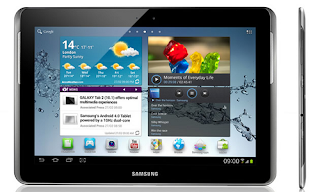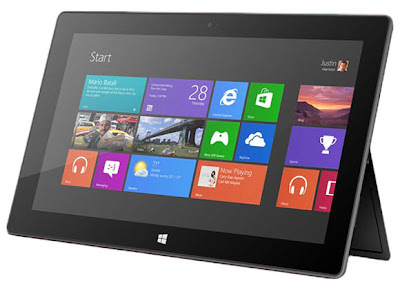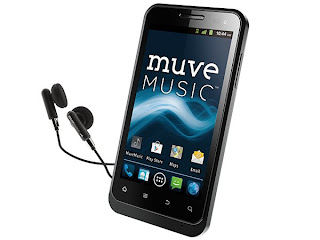The success of Apple’s iPad spawned plenty of me too entrants into the consumer tablet sphere. But the trail of vaporware that followed showed that matching the iPad’s success is easier said than done.
With the release of the Samsung Galaxy Tab, Android lovers finally have a solid alternative to Steve Jobs’ self-professed magical and revolutionary device. How does the first serious iPad competitor stack up? Here’s a look at the Verizon version of Samsung’s 7-inch Galaxy Tab.
PLUS :
Solid Build:
The Galaxy Tab is put together very well and doesn’t feel cheap. The screen also sports tough Gorilla Glass, which is always a nice plus. The Galaxy’s TFT-LCD display actually features more dots per inch than the first-generation iPad. It isn’t the Super AMOLED screen many were hoping for, but it does hold up better under direct sunlight than my Galaxy S smartphone’s Super AMOLED display.
Nicely Portable:
As someone who values extra screen real estate in my portable devices, I was surprised that I ended up liking the Tab’s smaller form factor more than I thought I would. The 7-inch widescreen is dwarfed by the iPad’s larger screen. But it’s big enough for comfortable browsing and is a lot easier to lug around than an iPad. The fact that it fits entirely within your palms makes screen operation a lot easier and doesn’t strain your arms as much after extended use.
Speedy Performance:
Once it’s fully up and running, the device is pretty zippy and responsive. The ability to multi-task with third-party apps like Facebook is another nice plus. The Tab also doesn’t get as warm as other portable devices after extended video viewing and other more resource-heavy operations.
Excellent Compatibility:
File and software compatibility is one of the strong points of the Galaxy Tab. I was able to play all sorts of video formats such as AVI and MKV files without the need for conversion to MP4. It’s also compatible with Flash.
Great Battery Life:
Depending on what programs you’re running and screen brightness, you can get more than six hours of battery life with the Galaxy Tab. It’s not as much as the nine to 10 hours from the iPad. But it’s still pretty impressive. Charge time is around 3.5 to 4 hours.
Other Extras:

The Galaxy Tab features both back and front-facing cameras. Swype text entry is available right off the bat as well. Another nice option is the ability to turn it into a 3G mobile Hotspot. 3G performance for the Verizon version I tested was quite good.
MINUS :
Jittery Default Browser:
Scrolling pages on the default browser isn’t as smooth as the iPad’s. In fact, it was so noticeably jittery that I ended up installing Opera, which worked a lot smoother and used much less RAM.
Fewer Language Options:
As someone who studies Japanese, I love the iPad’s ability to display Japanese characters — which the Tab also does. But the iPad also lets you type in Japanese when browsing and can even read Japanese Web pages aloud via VoiceOver, which the Tab does not.
Fewer Apps:
Granted, Android’s app store has made significant leaps in its number of apps within the last year alone. But it still doesn’t have the same scope and variety that Apple’s app store does as of the Tab’s launch.
Camera Performance:
Pictures and videos tend to be grainy indoors, though they’re OK for a portable device under adequate lighting. They’re not spectacular, but at least they’re there if you need them.
Other Cons:
The camera lacks HD video recording, which is puzzling since it’s available in my Galaxy S smartphone. Then again, HD quality on small lenses in general is open for debate. While it’s nice to have a front-facing camera, video chat options are still limited and could be better fleshed out. Having a MicroSD card slot is also nice (16GB card included) but the internal memory is piddly at just 2GB. A regular USB slot would’ve been nice to have as well. Lastly, it would’ve been good to have a cheaper Wi-Fi only version like the iPad to provide consumers greater pricing options. The good news is that Verizon has lowered the price of the Tab from $599 to $499.
Thanks.






























































